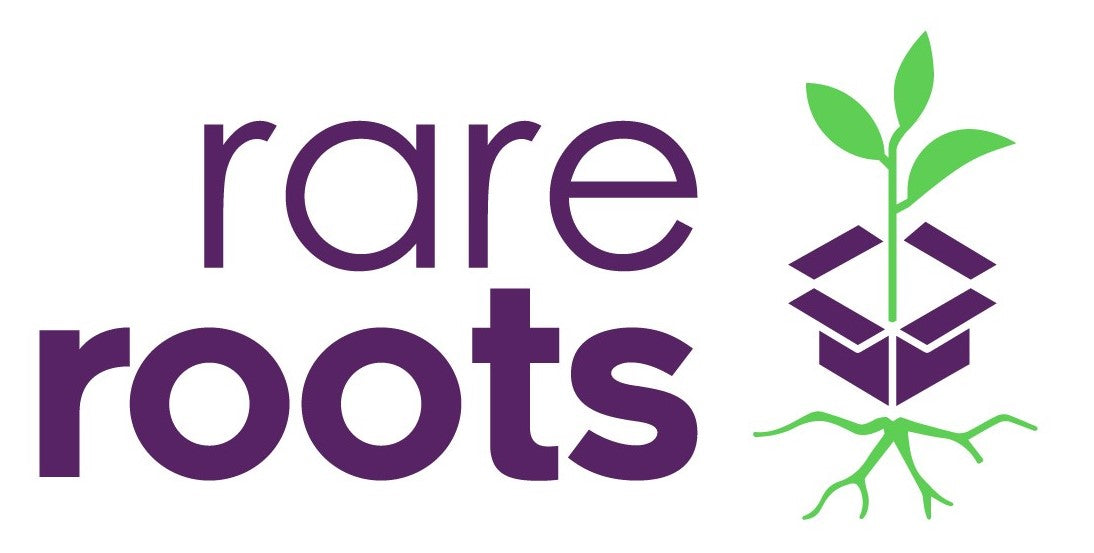Top 7 Native Perennials for Birds
Looking for the secret to attracting songbirds and finches to your garden? Native perennials are a great place to start, and we’ll tell you why.
Native perennials can attract birds in two ways: The first is by offering birds a healthy diet of berries and large seeds, which is especially beneficial in fall and winter. In exchange, the birds digest the outer casings and distribute the seeds far and wide, ensuring a next generation of plants. It’s a beautiful relationship.
Seeds and berries mature after the plants have finished blooming, so if you’re able to wait until late winter to do any cutting back, you’ll maximize the potential bird buffet. (Though keep in mind, this also allows the plants to self-sow.)
The second way native perennials attract birds is a little more indirect. Native plants sustain one of the largest food sources for many birds: insects. Plants feed the insects, and insects feed the birds, and the energy flows to the rest of the food chain.
The perennials on this list have the advantage of attracting birds in both of these ways. With a natural food supply in your garden, you can expect songbirds and finches to visit in droves, providing endless enjoyment from your view at the window.

1. Black-Eyed Susan
Rudbeckia, all types. Zones 4-9 (most)
Goldfinches adore the prominent seed heads of the most iconic wildflower, the Black-Eyed Susan. Native to many parts of the U.S. and Canada, this plant is low-maintenance and unbelievably tough. Some of our favorites are Rudbeckia ‘American Gold Rush’ and Rudbeckia triloba. For a fresh twist, look at Rudbeckia maxima, which blooms on 7’ stems!

2. Little Bluestem
Schizachyrium scoparium. Zones 3-8.
This beautiful, blue-green grass erupts in tones of copper and orange in the fall, with bronze seed heads that small birds love. Little Bluestem is a widespread native that can be found in almost every state in the U.S. Be sure to check out varieties like ‘Standing Ovation’ and ‘The Blues’.

3. Goldenrod
Solidago caesia and Solidago rugosa. Zones 4-9.
Plumes of bright yellow flowers give way to fluffy seeds on this attractive North American native. Goldenrod is a versatile perennial that can grow in poor soil, clay soil, and dry or wet soil. Try these varieties: Solidago caesia and Solidago ‘Fireworks’.

4. Coneflower
Echinacea pallida and Echinacea purpurea. Zones 4-9 (most).
Native to Eastern and Central USA, Coneflowers are hardy and reliable wildflowers with enormous seed heads for finches to enjoy. One of our absolute favorites is Echinacea pallida, the Pale Coneflower, with its unique, drooping petals. Also consider varieties of Echinacea purpurea, which come in a range of colors like ‘PowWow White’ and ‘PowWow Wild Berries’.

5. Sunflower
Helianthus salicifolius. Zones 5-9 (sometimes 10).
When you read “Sunflower”, you probably think of the tall, annual flower with a huge face. Did you know it has a cousin? Meet Helianthus, a smaller, perennial Sunflower that’s native to parts of Eastern and Central USA. Our favorite varieties, ‘Autumn Gold’ and ‘First Light’, are especially well-suited for keeping gardens tidy because they self-sow less than their parent species.

6. Switchgrass
Panicum virgatum. Zones 4-9 (most).
This prairie native packs serious color with attractive, upright foliage that blends to tones of purple and maroon in fall. Switchgrass is adaptable to normal garden soil and even rain gardens, and is deer-resistant. Check out our current favorite variety, Panicum ‘Shenandoah’.

7. Partridge Berry
Mitchella repens. Zones 3-8.
This creeping Eastern and Central US native is evergreen and doesn’t climb trees and shrubs, making it a cute and well-mannered groundcover for shade. Mitchella repens Partridge Berry has dainty white flowers followed by red berries that attract birds and other wildlife. Songbirds, doves, partridges, and even turkeys have been known to stop for this one!

2 comments
I am an experienced gardener, but new to Virginia climate and soils. i am so pleased to find plants grown here, and by a women-owned business. I am planning my garden and am pleased to support you!
Congratulations on your beautiful website. And for being in Virginia offering a short trip for our order to High Point, NC!